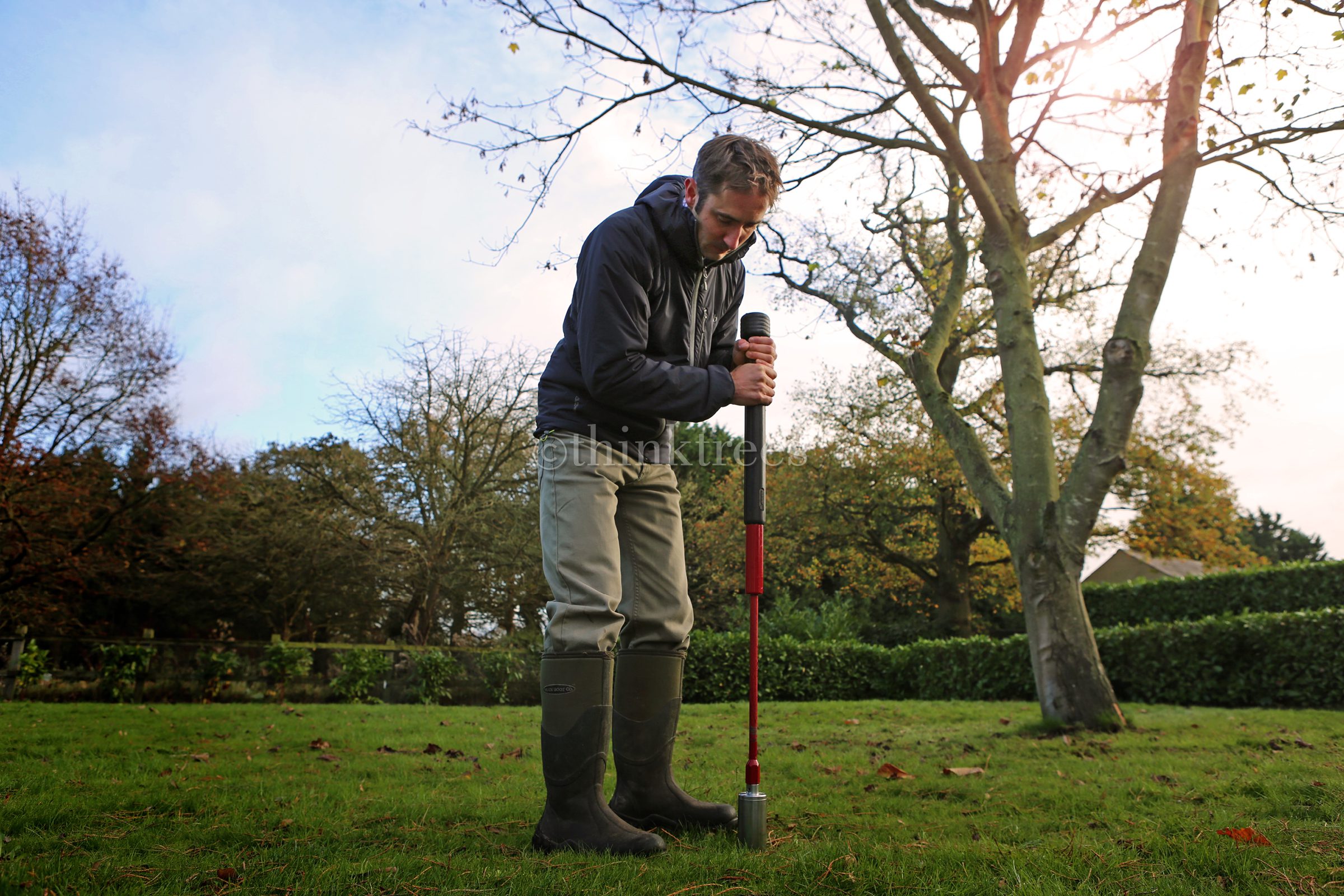Subsidence investigation
We carry out tree surveys to identify any trees or shrubs that have the potential to affect the soil moisture content under the foundations of a building or structure. We can also facilitate further investigation such as root identification through microscopy or DNA analysis, which may be required to establish, definitively, which tree or trees within a group of trees are implicated in the damage.
The abundance of shrinkable clay soils especially in the south-east of England results in an increased risk of tree-related subsidence damage to buildings. Establishing the cause of subsidence often requires a multidisciplinary approach. Initially a surveyor or structural engineer will conduct a programme of monitoring to determine whether the movement of a structure is seasonal. If this is the case, a soil moisture deficit brought about by the uptake of water by vegetation is, generally, assumed to be the cause. At this point an arboricultural survey is often undertaken to identify any trees or shrubs that have the potential to affect the soil moisture content under the foundations of the building/structure. Further investigation, such as root identification through microscopy or DNA analysis, may be required to establish which tree or trees within a group of trees are implicated in the damage. This is particularly relevant in cases where trees, owned by a third party, are potentially the cause. Once the trees causing the damage have been identified, recommendations for tree management can be made and remedial action undertaken.


It is important to state that tree-related subsidence can only occur on shrinkable clay soils. Therefore, soil analysis is an important part of a subsidence investigation, particularly when tree removal is the preferred option.
We carry out tree surveys for the purposes of subsidence investigation. In addition, we are able to extract soil samples and obtain root samples for laboratory analysis.


